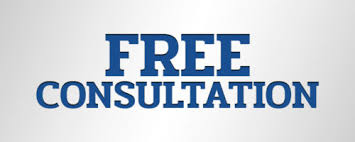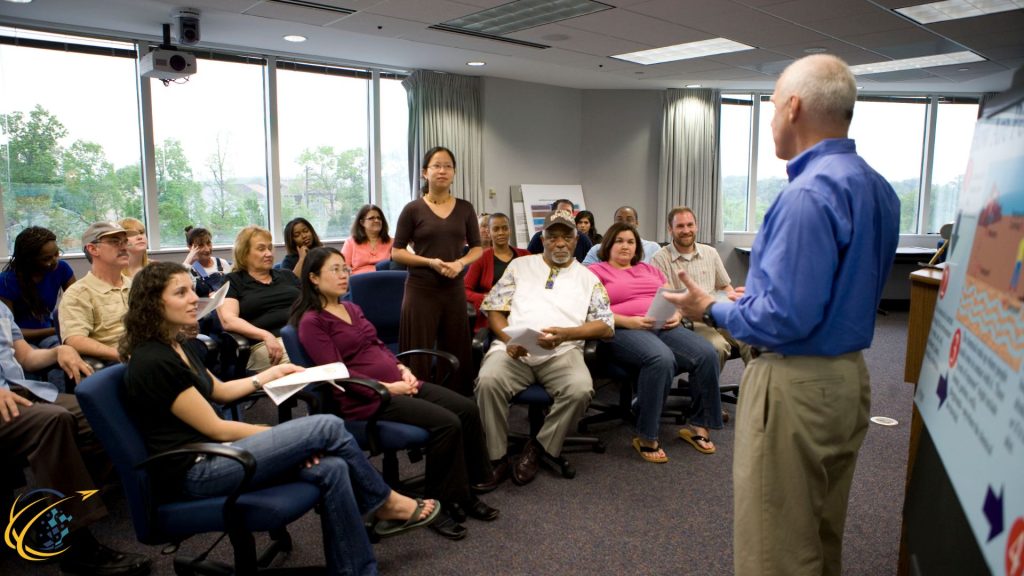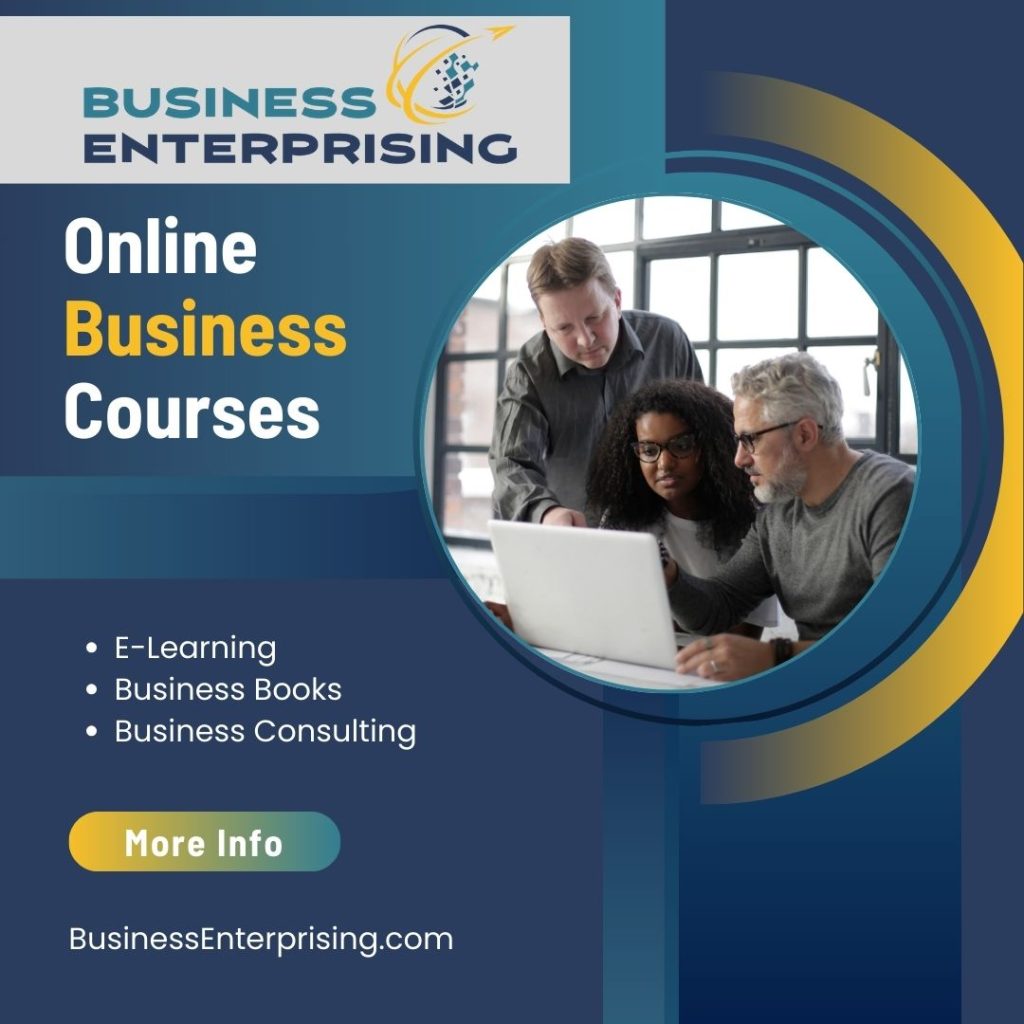
Overcoming Public Speaking Anxiety
Overcoming public speaking anxiety is a crucial step in developing effective Public Speaking and Presentation Skills. Many people experience nerves when speaking in front of an audience, but this anxiety can be managed with the right techniques. One effective method is deep breathing, which helps calm the nervous system and reduces the physical symptoms of anxiety. Practicing deep, slow breaths before and during your presentation helps keep your heart rate steady and your mind focused.
Preparation is another key factor in building confidence. When you thoroughly know your material, you are less likely to feel anxious. Practice your speech multiple times, including in front of a mirror or a supportive friend, to become comfortable with the content and your delivery. The more familiar you are with the material, the less likely nerves will interfere with your performance.
Visualizing success is also a powerful tool. Before stepping on stage, imagine yourself delivering a confident and engaging presentation. This mental rehearsal can reduce anxiety and build a positive mindset. Additionally, focusing on the message you want to deliver, rather than worrying about how you are being perceived, helps shift your attention away from anxiety.
By combining breathing techniques, thorough preparation, and mental rehearsal, speakers can manage nerves and boost their confidence. These strategies are essential for mastering Public Speaking and Presentation Skills, enabling speakers to perform effectively and engage their audience with poise and clarity. With consistent practice, overcoming public speaking anxiety becomes easier, allowing individuals to excel in any speaking situation.
Crafting a Compelling Speech or Presentation
Crafting a compelling speech or presentation is fundamental to developing effective Public Speaking and Presentation Skills. A well-structured presentation ensures that your message is clear, impactful, and easy for the audience to follow. Begin by outlining your key points and organizing them into a logical flow that guides your listeners. Start with a strong introduction that captures attention, followed by supporting points, and conclude with a memorable closing that reinforces your main message.
Clarity is essential when conveying your ideas. Focus on one main message and use supporting arguments or data to strengthen it. Avoid overwhelming your audience with too much information, as it can dilute your message. Instead, prioritize the key takeaways you want your audience to remember. Using simple language and concise sentences also makes your presentation easier to understand, keeping the audience engaged throughout.
Storytelling is a powerful technique for connecting with your audience on an emotional level. Integrating real-life examples, anecdotes, or personal experiences helps make your content relatable and memorable. Stories create a narrative that audiences can connect with, making complex topics easier to grasp. Additionally, using metaphors or analogies can simplify abstract concepts, providing clarity and context.
Incorporating these strategies into your Public Speaking and Presentation Skills will help you craft more engaging speeches and presentations. A structured format, a focused message, and well-placed storytelling elements will capture attention and leave a lasting impression. By refining these skills, you can communicate more effectively and create presentations that resonate deeply with your audience.
Mastering Body Language and Non-Verbal Communication
Mastering body language and non-verbal communication is essential for developing strong Public Speaking and Presentation Skills. Your posture, gestures, and eye contact play a significant role in how your message is received. Posture conveys confidence and authority. Standing tall with your shoulders back and feet firmly planted helps you appear more in control. A strong, grounded posture also aids in projecting your voice more clearly, making it easier for the audience to hear and engage with your message.
Gestures are another important aspect of non-verbal communication. Purposeful gestures can help emphasize key points, making your speech more dynamic and engaging. For instance, using open hand gestures signals honesty and openness, while pointing or chopping motions can highlight specific information. However, it’s crucial to avoid overusing gestures or allowing them to become distracting. Instead, use them naturally and in alignment with your verbal message to enhance the clarity and impact of your presentation.
Eye contact is perhaps the most powerful non-verbal tool for building connection with your audience. By maintaining steady eye contact, you establish trust and keep your listeners engaged. It shows that you are confident and focused on your audience, not just the material. Shifting your gaze between individuals or sections of the room ensures everyone feels included. Avoiding eye contact, on the other hand, may signal nervousness or disinterest, weakening your delivery.
Incorporating strong non-verbal cues into your Public Speaking and Presentation Skills can significantly elevate the effectiveness of your message. By maintaining confident posture, using gestures effectively, and making purposeful eye contact, you create a more persuasive and memorable presentation. These techniques help build rapport with your audience, making it easier to convey your ideas with impact and authenticity.
Using Visual Aids Effectively
Using visual aids effectively is a key component of strong Public Speaking and Presentation Skills. Visual aids, such as slides, videos, or props, should support your message rather than overshadow it. The primary goal is to enhance your audience’s understanding and retention of key points, not to distract them. When used correctly, visual aids can make complex information easier to digest and create a more engaging presentation.
Slides, for example, should be clear and concise. Avoid overcrowding them with too much text or data. Stick to key points and use visuals like charts, images, or bullet points to reinforce your message. Keep fonts readable and use consistent design elements throughout your presentation to maintain professionalism. While slides can be helpful, the focus should always remain on you, the speaker, rather than on reading directly from the slides.
Videos and props can also add value, but they must be relevant to the topic and used sparingly. A short video clip or demonstration can illustrate a point in a way that words cannot, but make sure it directly supports your message. If using props, ensure they are easy to handle and visible to the entire audience. Overusing these aids can shift the audience’s attention away from the core of your presentation.
Incorporating visual aids into your Public Speaking and Presentation Skills requires balance. The best visual aids are simple, relevant, and thoughtfully integrated to reinforce your points without becoming the focal point. By carefully selecting and timing their use, you can ensure they enhance your presentation and help deliver a more compelling and impactful message.
Engaging with the Audience
Engaging with the audience is a critical aspect of Public Speaking and Presentation Skills that can make your presentation more dynamic and memorable. One effective way to engage is through Q&A sessions, allowing the audience to interact with you directly. Encouraging questions not only clarifies information but also shows you value audience input. To maximize this interaction, invite questions at natural pauses or after key sections. Always address each question clearly, keeping responses concise and relevant to maintain control of the flow.
Feedback is another powerful tool for audience engagement. During or after your presentation, ask for feedback to gauge how well your message was received. This can be done through simple prompts, such as asking for a show of hands or brief verbal responses. Engaging in this way helps build rapport with the audience and demonstrates that you are open to their perspectives. Moreover, it offers insights into areas where you can improve or adapt for future presentations.
Adapting to audience reactions in real-time is equally important. Observing body language and facial expressions can help you assess whether your message is resonating. If you notice signs of confusion or disengagement, take a moment to reframe your points or ask clarifying questions. Adjusting your tone, pacing, or examples based on audience feedback can enhance understanding and maintain attention throughout the presentation.
Mastering audience interaction is a vital part of Public Speaking and Presentation Skills. By incorporating Q&A sessions, seeking feedback, and adapting to audience cues, you can create a more engaging and responsive presentation. This interactive approach fosters a deeper connection with your audience, making your message more impactful and memorable.
Practicing and Refining Your Delivery
Practicing and refining your delivery is essential to mastering Public Speaking and Presentation Skills. Rehearsing your speech or presentation multiple times helps you become familiar with the content and improves your confidence. As you practice, you can fine-tune your timing, pacing, and tone, ensuring that your message is clear and engaging. Practicing in front of a mirror or recording yourself allows you to observe your body language and make adjustments before presenting to an audience.
Receiving constructive feedback is also invaluable for improvement. After rehearsing, ask trusted colleagues, friends, or mentors to provide honest feedback on your delivery. They can offer insights on areas that may need refinement, such as tone, clarity, or energy. Listening to feedback, whether it’s about your content or delivery style, helps you identify blind spots and make targeted adjustments. This feedback loop is crucial for continuous growth and development in public speaking.
Moreover, refining your delivery is an ongoing process. Even after presenting, reflect on what went well and what could be improved for future presentations. Adjusting based on past experiences helps you adapt to different audiences and speaking environments. Over time, consistent practice and refinement will lead to stronger Public Speaking and Presentation Skills, enabling you to communicate more effectively and confidently in any situation. By dedicating time to this process, you ensure that your presentations are polished, persuasive, and impactful.
Conclusion
In conclusion, developing strong Public Speaking and Presentation Skills is essential for effective communication and professional success. By focusing on key areas such as managing anxiety, crafting compelling content, and mastering non-verbal communication, you can significantly improve your ability to engage and influence your audience. Consistent practice, along with constructive feedback, helps refine your delivery and builds confidence over time. Incorporating visual aids, interacting with your audience, and adapting to their responses further enhances your presentations. With dedication to improving these skills, you will be well-equipped to deliver impactful, persuasive presentations in any setting.


